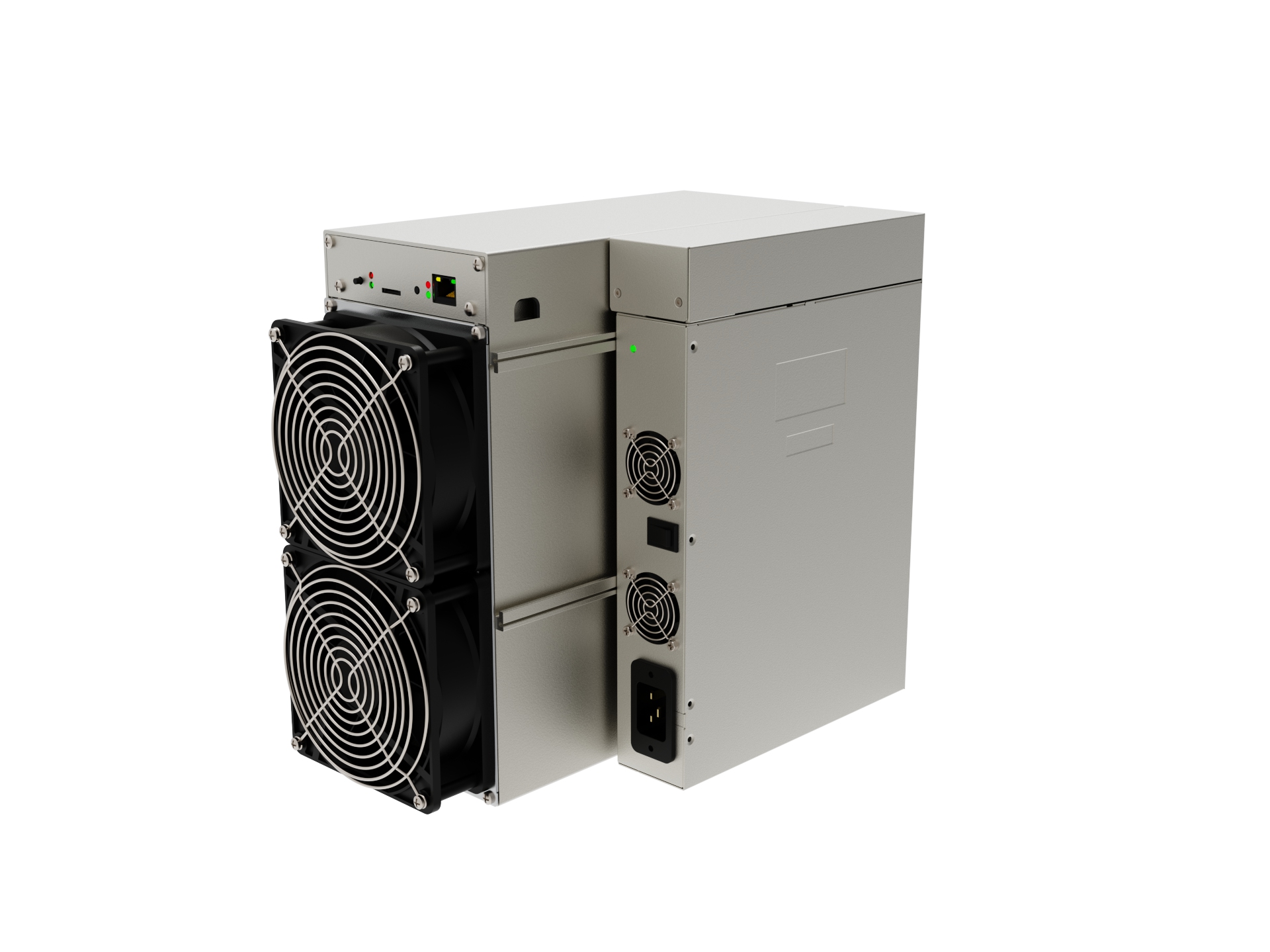Kaspa, a fast, open-source, decentralized, and fully scalable Layer-1 cryptocurrency, is making waves in the crypto industry. This article will delve into the world of Kaspa and ASIC (Application-Specific Integrated Circuit) mining, providing a comprehensive guide on how to mine Kaspa with ASIC and the profitability of this venture.
Table of Contents
What is Kaspa?
Kaspa is a revolutionary cryptocurrency that aims to solve the scalability issues faced by traditional blockchain systems. It is the world’s first implementation of a blockDAG (Directed Acyclic Graph), a novel approach to distributed ledger technology that allows for multiple blocks to be added to the ledger simultaneously, rather than in a single chain. This parallelization of block addition results in faster transaction times and greater overall scalability.
Kaspa operates on a proof-of-work consensus mechanism, similar to Bitcoin, which means that transactions are validated and new blocks are added to the ledger through a process called mining. However, Kaspa’s blockDAG structure allows for much faster block times – as quick as a single second – which leads to instant transaction confirmations.
One of the key differentiators of Kaspa is its commitment to decentralization. It is a completely open-source project with no central governing body. This means that anyone can contribute to the development of the Kaspa protocol, and decisions about the future of the project are made collectively by the community.
Kaspa also places a strong emphasis on security. Its proof-of-work consensus mechanism and blockDAG structure make it highly resistant to double-spending attacks and other common types of cryptocurrency fraud.
In summary, Kaspa is a unique and innovative cryptocurrency that offers fast, secure, and scalable transactions, making it a promising player in the world of digital currencies.
What is ASIC?
ASIC, which stands for Application-Specific Integrated Circuit, is a type of hardware component designed to perform a specific task. In the context of cryptocurrencies, ASICs are custom-built to execute the hashing algorithms used in the mining process.
The first ASICs were developed specifically for Bitcoin mining. Bitcoin operates on a proof-of-work algorithm known as SHA-256. In the early days of Bitcoin, mining was initially done using CPUs. However, as more people started mining and the difficulty of the network increased, CPUs became less efficient.
This led to miners using GPUs, which were more capable of handling the complex calculations required for mining Bitcoin. However, as the Bitcoin network continued to grow and the mining difficulty increased even further, even GPUs started to fall short.
The use of ASICs in cryptocurrency mining has also been a source of controversy. Because they are expensive and specialized, ASICs are often beyond the reach of casual miners. This has led to concerns about centralization, as those who can afford to invest in ASICs can control a larger share of the mining power, and therefore, a larger share of the rewards. Despite these concerns, ASICs remain a crucial part of the cryptocurrency ecosystem due to their efficiency and speed.
If you are a GPU miner and want to mine a Blockdag project, check our How to Mine Karlsen Coin guide. Karlsen is a GPU mineable fork of Kaspa.
Kaspa Asic: Myth or Real?
The emergence of Kaspa ASICs has been a topic of intense discussion and speculation within the crypto community. The first whispers about Kaspa ASICs began circulating in early April when the network’s hashrate—a measure of computational power used in mining—saw a significant surge. This sudden increase sparked rumors that ASICs, known for their superior mining efficiency, had entered the Kaspa mining scene.
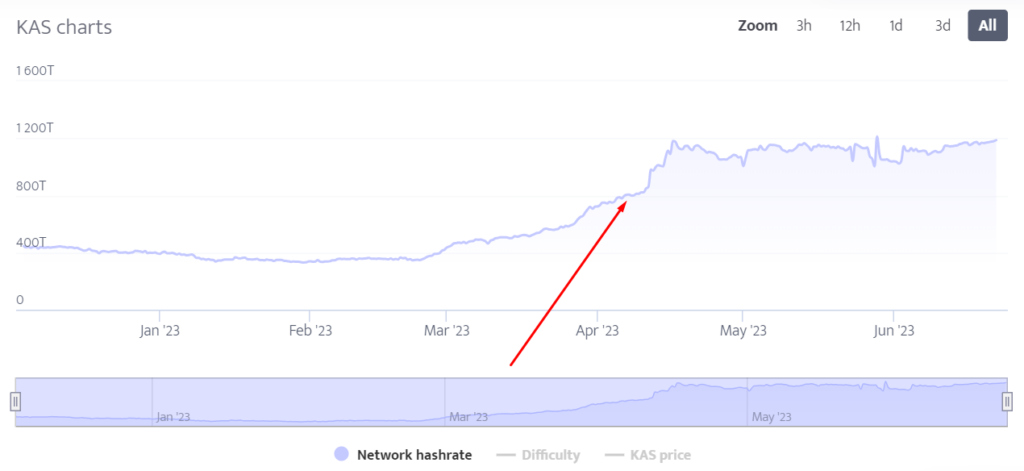
However, the existence of Kaspa ASIC miners was initially met with skepticism. ASICs are expensive to develop and manufacture, and it wasn’t clear if the potential profits from Kaspa mining would justify the investment. Furthermore, the Kaspa project is relatively new, and it was uncertain whether it had attracted enough attention from hardware manufacturers to warrant the development of dedicated ASICs.
Despite these doubts, the continued high hashrate and the subsequent unveiling of several ASIC models capable of mining Kaspa have turned the myth into reality.
The Intersection of Kaspa and ASIC
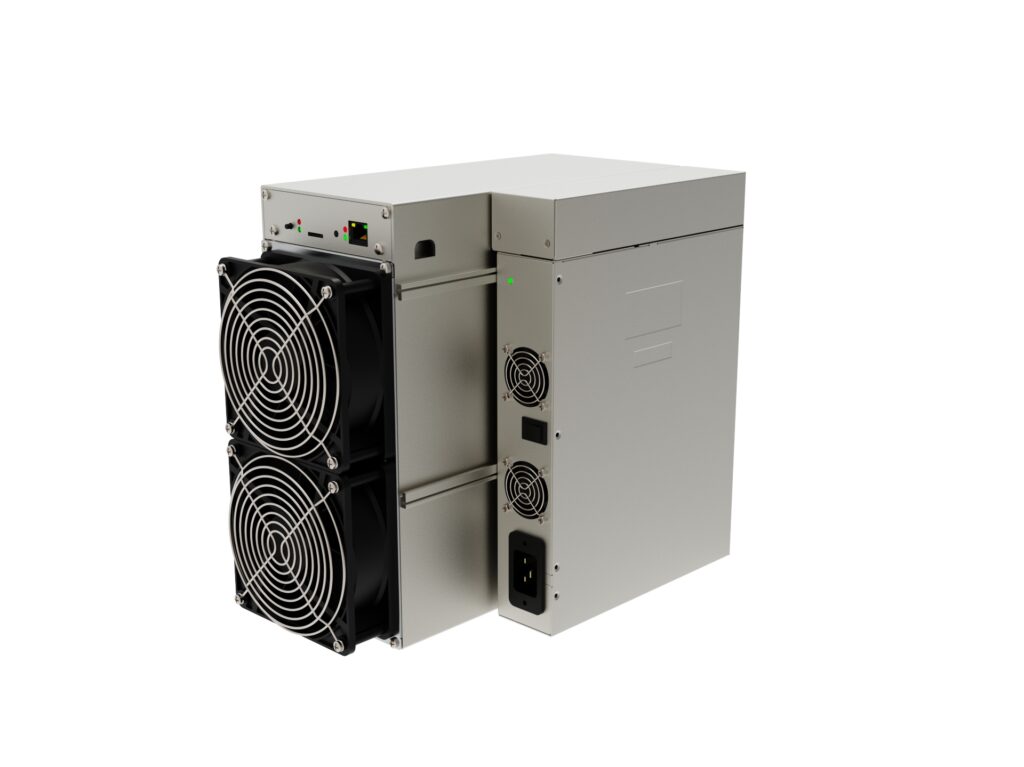
The intersection of Kaspa and ASIC represents the fusion of a revolutionary cryptocurrency with highly specialized hardware designed for efficient mining. ASICs, with their ability to perform specific calculations at high speed and low power, are ideally suited for mining cryptocurrencies like Kaspa.
Here’s a comparison of various ASIC models that are used for Kaspa mining:
| Brand | Model | Year | Price ($) | Power (W) | PSU Included | Hashrate (GH/s) |
|---|---|---|---|---|---|---|
| Superscalar | K10 | 2023 | 10,000 | 1700 | No | 30 |
| Iceriver | KS0 | 2023 | 1,699 | 65 | Yes | 100 |
| Iceriver | KS1 | 2023 | 8,490 | 600 | Yes | 1,000 |
| Iceriver | KS2 | 2023 | 15,990 | 1299 | Yes | 2,000 |
| Iceriver | KS3 | 2023 | 47,800 | 3200 | Yes | 8,000 |
| Iceriver | KS3L | 2023 | 24,800 | 3200 | Yes | 5,000 |
| Antminer | KS3 | 2023 | 49800 | 3188 | Yes | 9,400 |
Each of these models offers different performance levels, power consumption, and prices, providing a range of options for miners with different needs and budgets.
Superscalar’s K10 model, for instance, is currently out of stock on miner shop websites and does not have an official website. The Iceriver models (KS0, KS1, KS2, KS3, KS3L) are set to ship between July 15 and July 30, 2023. The Antminer KS3 model by Bitmain does not have available pricing information, and while the heavyhash algorithm is listed on Bitmain’s website, it’s unclear when the model will be available for purchase.
Upd. 21.08.:
First batch of Bitmain Kaspa Asic Shipped on the 21th of August.
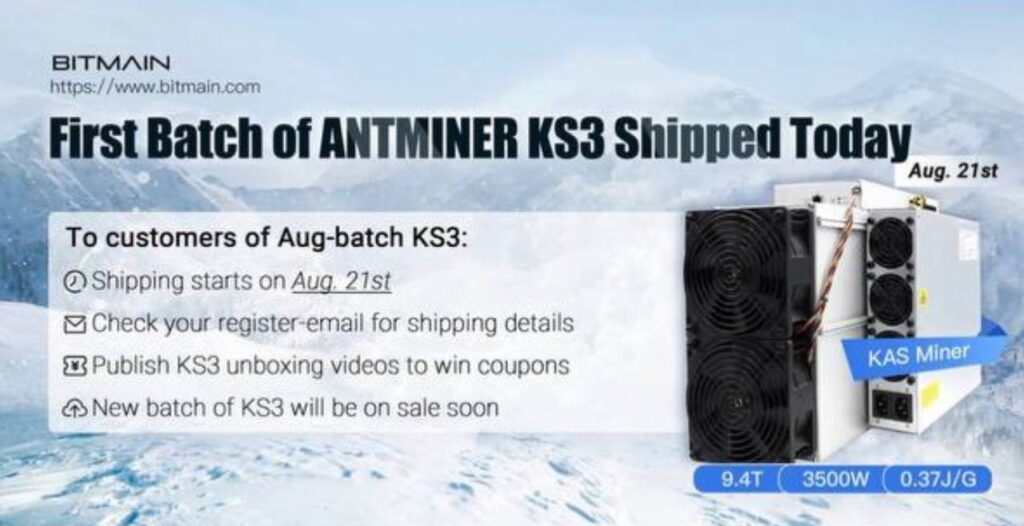
Upd. 18.07.: Somebody bought 100 pieces of Iceriver KS3L (around 0.5 Ph/s in total)
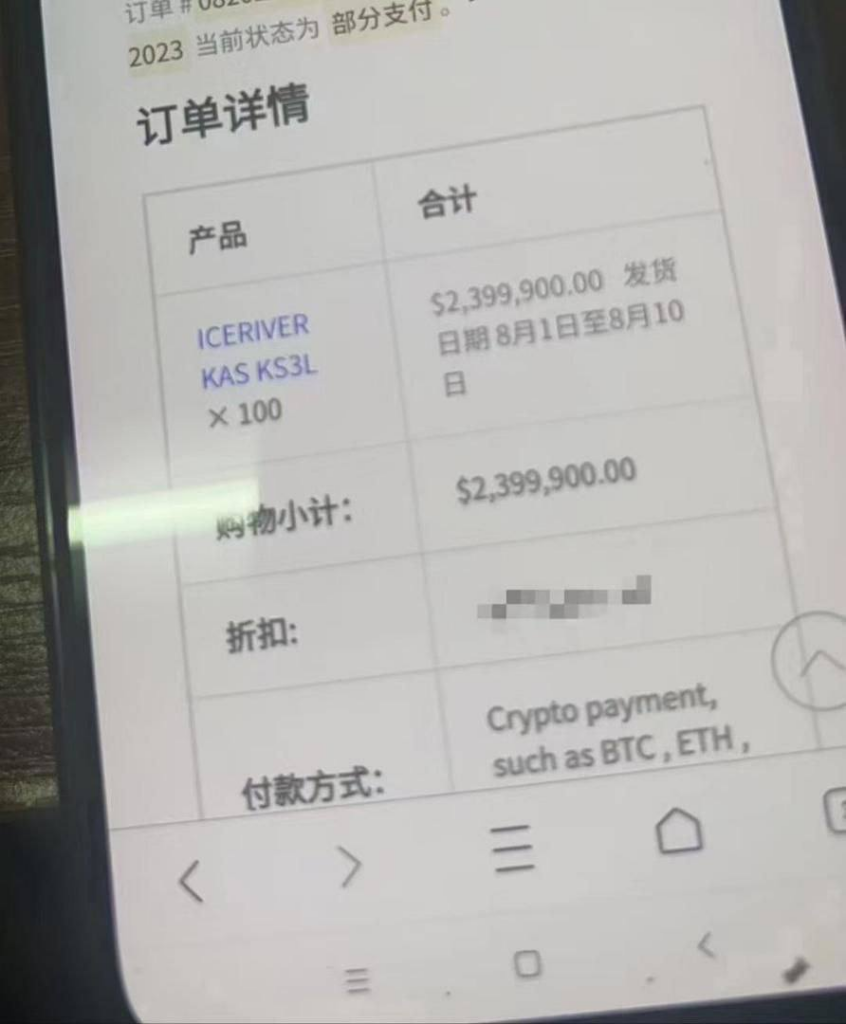
Live Photo of Real Kaspa ASICs
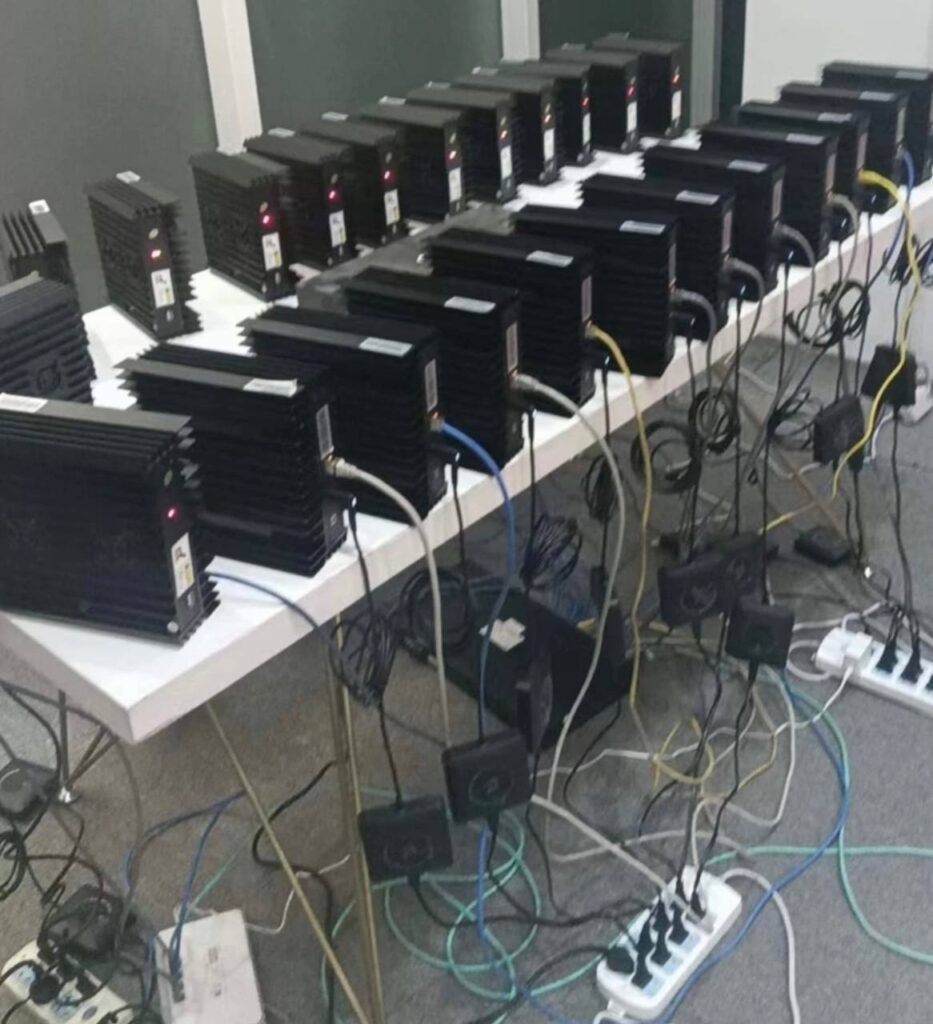
Kaspa ASIC Mining
Kaspa ASIC mining is a process that involves several steps, each crucial to the successful operation of mining. Here’s a more detailed breakdown of the process:
- Acquire an ASIC Device: The first step is to acquire an ASIC device that is capable of mining Kaspa. As previously discussed, there are several models available, each with different price points, power consumption levels, and hashrates. These include the Superscalar K10, Iceriver KS0, Iceriver KS1, Iceriver KS2, Iceriver KS3, Iceriver KS3L, and Antminer KS3. Each of these models offers different performance levels, providing a range of options for miners with different needs and budgets.
- Connect the ASIC Device: Once you have your ASIC device, you’ll need to connect it to the internet. This usually involves plugging the device into a power source and connecting it to your router via an Ethernet cable.
- Set Up the Mining Pool: After your ASIC device is connected to the internet, you’ll need to set it up to mine Kaspa. This involves making a kaspa wallet and joining a mining pool, which is a group of miners who combine their computational resources to increase their chances of mining new blocks. For Kaspa, you can join the WoolyPooly mining pool by setting your ASIC device to connect to pool.woolypooly.com:3112 (autogeo, SSL connection supported).
- Start Mining: Once your ASIC device is set up and connected to the WoolyPooly mining pool, it can start mining. The device will begin to solve complex mathematical problems, and when it finds a solution, it will submit this solution (or “share”) to the pool.
- Earn Rewards: As soon as your ASIC device starts submitting shares to the mining pool, you’ll begin to earn rewards. These rewards are paid out in Kaspa coins and are usually proportional to the amount of computational power you contribute to the pool. The more shares your device submits, the more Kaspa coins you earn.
Kaspa ASIC mining is a potentially profitable venture that involves the use of specialized hardware to solve complex mathematical problems and earn cryptocurrency rewards. However, like any investment, it requires careful planning and consideration, and potential miners should be prepared to invest time and resources into setting up and maintaining their mining operation.
Profitability of Kaspa ASIC Mining
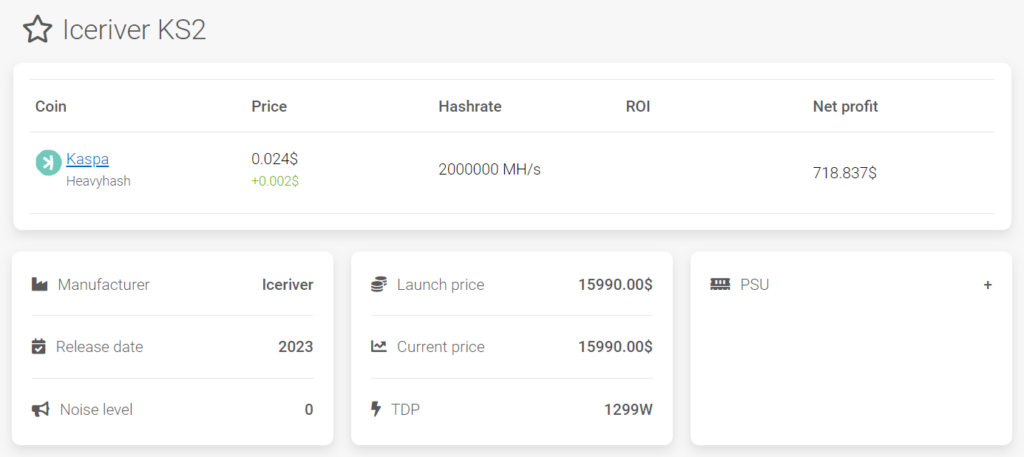
The profitability of Kaspa ASIC mining is a crucial factor that miners consider when deciding whether to invest in an ASIC device. This profitability is determined by several factors, including the cost of the ASIC device, the cost of electricity, the device’s mining efficiency, and the current price of Kaspa.
For example, the Iceriver KS2, one of the ASIC devices capable of mining Kaspa, can reportedly earn 29180 Kaspa per day, equivalent to 718 USDT.

In contrast, a high-end GPU like the Nvidia RTX 4090 can only mine 27 Kaspa per day, equivalent to 0.68 USDT. This stark difference in daily earnings highlights the superior efficiency of ASICs compared to GPUs when it comes to Kaspa mining.
However, it’s important to note that while ASICs can generate higher daily earnings, they also come with higher upfront costs. For instance, the Iceriver KS2 is priced at 29,900 USD, while the Nvidia RTX 4090 is significantly cheaper. Therefore, miners need to consider whether the potential profits from ASIC mining will be enough to offset the initial investment.
The introduction of Kaspa ASICs is also expected to have a significant impact on the Kaspa network. As more miners start using ASICs, the network’s hashrate is likely to increase dramatically, potentially by 10x or even 100x. This increase in hashrate will make the network more secure but could also make it more difficult for individual miners to earn rewards, as they’ll be competing with more powerful ASIC miners.
While Kaspa ASIC mining can be highly profitable, it’s also a significant investment that comes with risks. Potential miners should carefully consider these factors and do their research before deciding to invest in a Kaspa ASIC.
Future of Kaspa ASIC Mining
The future of Kaspa ASIC mining is a topic of great interest, given the potential of both the Kaspa cryptocurrency and ASIC technology. As the Kaspa network continues to grow and evolve, so too will the landscape of ASIC mining for Kaspa.
One of the key factors that will influence the future of Kaspa ASIC mining is the ongoing development and refinement of ASIC technology. As ASIC manufacturers continue to innovate, we can expect to see ASIC devices become even more efficient and powerful. This could make Kaspa ASIC mining more profitable, attracting more miners to the Kaspa network.
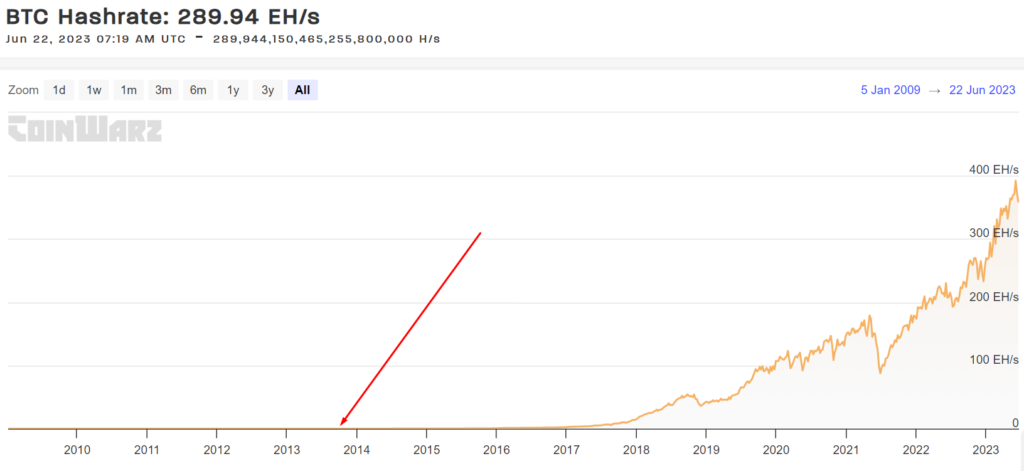
However, the increased use of ASICs could also lead to greater centralization of mining power. Because ASICs are expensive and require a significant upfront investment, they are often beyond the reach of casual miners. If the majority of Kaspa’s mining power ends up concentrated in the hands of a few large-scale miners, this could undermine the decentralization that is a key principle of the Kaspa project.
Another factor to consider is regulatory developments. Cryptocurrencies are subject to a complex and rapidly evolving regulatory environment. Changes in regulations could impact the profitability of Kaspa ASIC mining, either positively or negatively.
Finally, the future of Kaspa ASIC mining will be influenced by the broader trends in the cryptocurrency market. The demand for Kaspa, the price of the coin, and the level of competition among miners are all factors that could change over time, affecting the profitability of Kaspa ASIC mining.
Conclusion
In conclusion, the intersection of Kaspa and ASIC technology represents a significant development in the world of cryptocurrency mining. Kaspa, with its innovative blockDAG structure and commitment to decentralization, offers a promising landscape for miners. ASICs, with their superior efficiency and power, provide the tools to effectively mine this unique cryptocurrency.
The introduction of ASICs specifically designed for Kaspa mining has already had a noticeable impact, with a significant increase in the network’s hashrate. This trend is likely to continue as more ASIC models become available and more miners start using them.
However, the use of ASICs also brings challenges. The high cost of these devices could lead to a concentration of mining power among a small number of large-scale miners, potentially undermining the decentralization of the Kaspa network. Furthermore, the rapidly evolving regulatory environment for cryptocurrencies could impact the profitability of Kaspa ASIC mining.
Despite these challenges, the future of Kaspa ASIC mining looks promising. With ongoing advancements in ASIC technology and the growing popularity of Kaspa, there are many opportunities for miners. However, as with any investment, it’s important to do thorough research and understand the risks before getting started.
In the fast-paced and ever-evolving world of cryptocurrencies, staying informed and adaptable is key. Whether you’re a seasoned miner or a newcomer to the field, understanding the landscape of Kaspa ASIC mining is crucial to navigating this exciting frontier.
